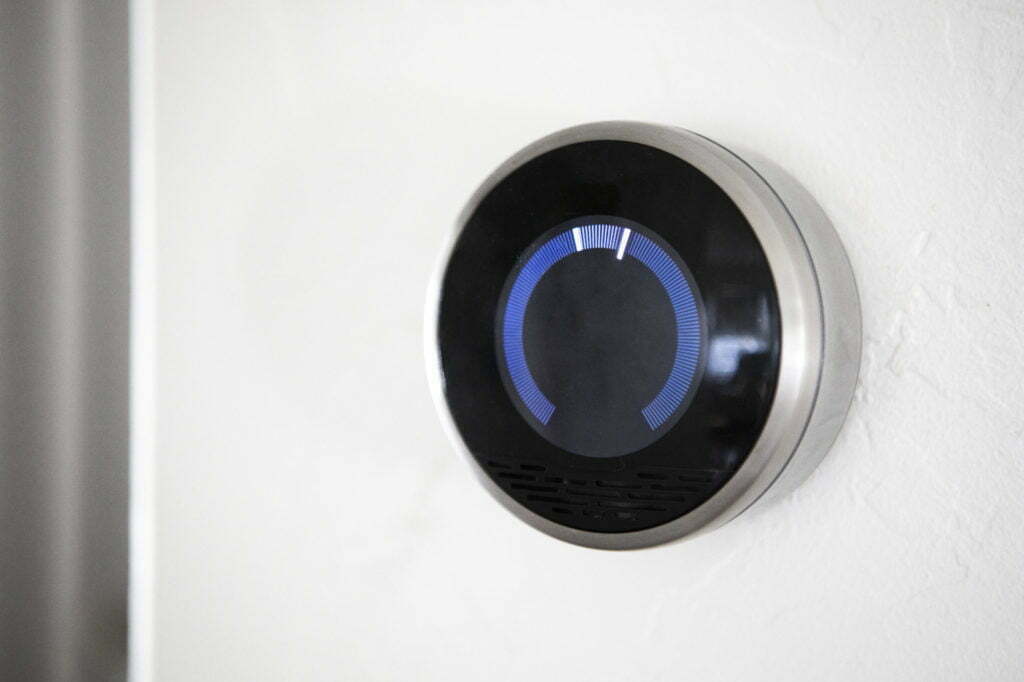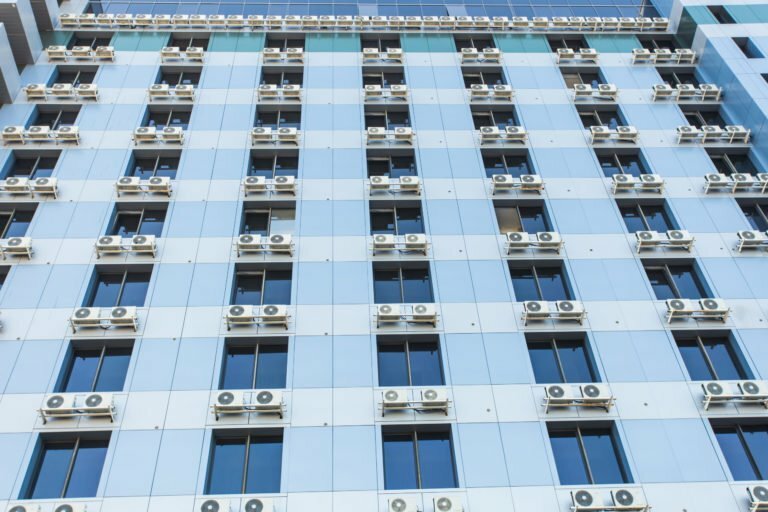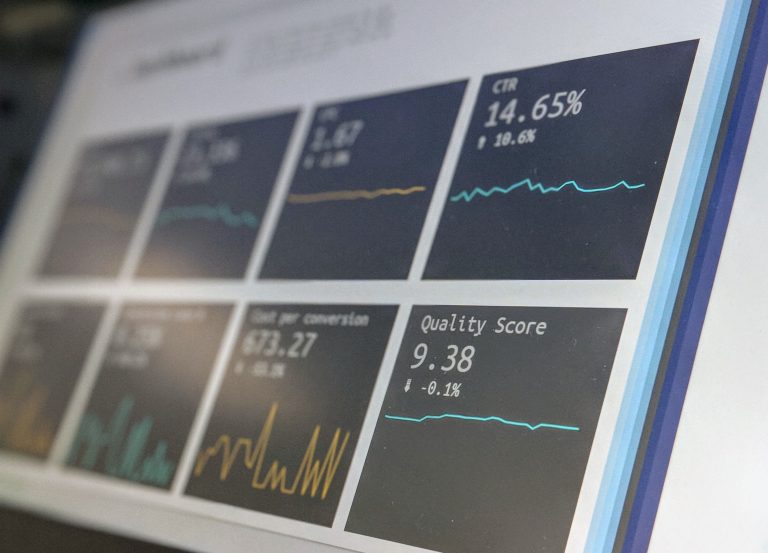Thermostats are necessary for HVAC systems in order to control the temperature of a building or home. The thermostat tells the system when to turn on and off in order to maintain the desired temperature. Thermostats can be set to manual or automatic mode. In manual mode, the user has to change the temperature setting every time they want it to change. In automatic mode, the thermostat will keep track of the temperature and make changes as needed. Your thermostat is the director of the show and calls for heating and air conditioning according to your desired temperature settings.
Some smart thermostats have a recovery mode used when there is a large swing in the temperature. For example, if the outside temperature is 95 degrees and the inside has reached 80 degrees, then the thermostat will slowly bring down the inside temperature so that it doesn’t get too cold too quickly.
Typically, people start worrying about recovery mode when they think they have turned their thermostat off, but it suddenly starts running and says “recovery.” Since this feature is not present on older thermostats, people often assume this means that something bad has happened to the system. However, the reality is that a thermostat in recovery mode is a very common and helpful setting that is mostly present on programmable thermostats. Keep reading to learn more about why your thermostat might be in Recovery mode.
What is recovery mode?
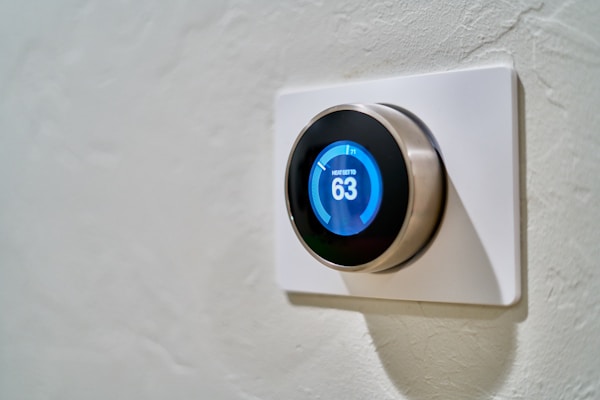
Recovery mode is a feature that shows up on several brands of newer, smart thermostats. Depending on the model of your thermostat, it may display something like “recovery” or “smart recovery.” The thermostat is in recovery mode when it is trying to recover from being in energy-saving mode. Often energy-saving mode to used to try to reduce energy bills by keeping the HVAC system off when it is not needed. While in recovery mode, your thermostat is working to achieve a newer temperature that is cooler or warmer than the outside air. This means it will turn on your HVAC system before it is set to be at a different temperature. For example, if your smart thermostat is set to turn off while you are at work during the summer, the device may enter recovery mode to start cooling down your home shortly before you return.
Why does your thermostat switch itself to recovery mode?
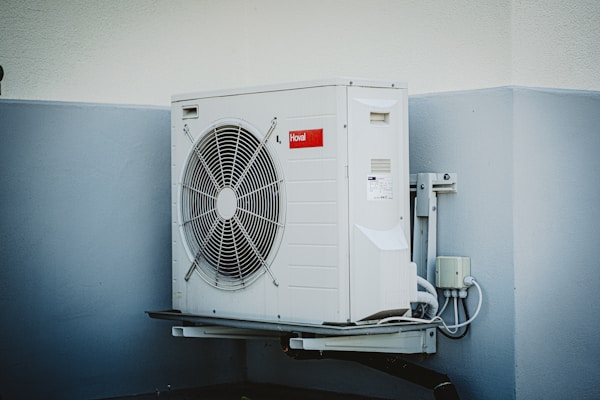
There are a few reasons why your thermostat might switch into recovery mode. However, the simplest explanation is that you set it there. If recovery mode is engaged and you have your system programmed at a certain temperature at different times during the day, you can expect to see this happen quickly before you have it scheduled to be at a certain temperature. This is normal and is no cause for concern.
For some homeowners, however, recovery mode might be a surprise. Recovery mode can still happen even if you haven’t set a designated temperature at a specific time. This could be due to a problem with the thermostat itself. This can sometimes happen if your system has changed the settings without your knowledge. This happens in certain thermostat models with smart learning technology. Recovery mode can also be activated if some sort of glitch or power outage causes a rest within the thermostat.
The other reason for recovery mode is a malfunction with your thermostat or HVAC system. When a thermostat enters recovery mode due to a malfunction, it is trying to fix it. During recovery mode, the thermostat will not be able to change the temperature in your home and will instead just keep trying to fix whatever problem it is experiencing.
In most cases, recovery mode is an entirely harmless setting that means your thermostat is adjusting temperatures. However, since recovery mode can also show up when your HVAC system is malfunctioning, it is important to pay attention if you unexpectedly see your thermostat in recovery mode.

